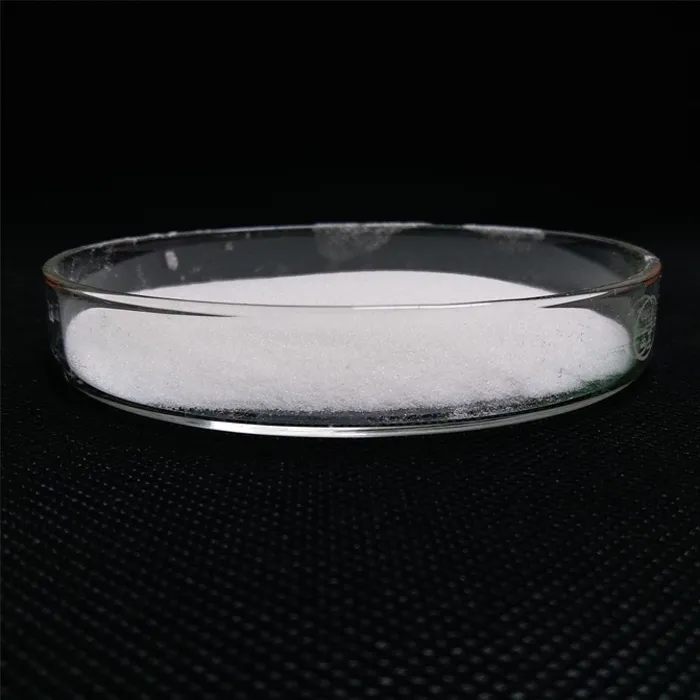Olprinone Hydrochloride A Comprehensive Overview
Olprinone hydrochloride is a pharmacological agent primarily utilized in the treatment of acute heart failure and other related cardiovascular conditions. It is classified as a phosphodiesterase type 3 (PDE3) inhibitor, which functions by selectively inhibiting the breakdown of cyclic adenosine monophosphate (cAMP). This leads to an increase in cAMP levels within cardiac and vascular smooth muscle cells, resulting in positive inotropic effects (increased contractility) and vasodilation.
Mechanism of Action
The action of olprinone is particularly significant in the context of heart failure, where the heart's ability to pump blood is compromised. By inhibiting PDE3, olprinone enhances the myocardial contraction force, improving cardiac output. Additionally, the vasodilatory properties alleviate the burden on the heart by reducing systemic vascular resistance. This dual mechanism makes olprinone a valuable choice in acute settings where rapid therapeutic effects are necessary, such as in hospitals or emergency care.
Clinical Applications
In clinical practice, olprinone is often administered to patients experiencing acute decompensated heart failure. It is particularly beneficial for patients who do not sufficiently respond to standard diuretics or other heart failure medications. The drug is usually given intravenously in hospital settings, allowing for immediate action and close monitoring of the patient’s response.
Moreover, olprinone's effectiveness is notable in patients with reduced ejection fraction and those undergoing cardiac surgeries. By improving hemodynamic parameters, it can assist in stabilizing patients during critical phases of treatment, aiding in recovery and minimizing complications.
olprinone hydrochloride

Efficacy and Safety Profile
Numerous clinical studies have examined the efficacy of olprinone in comparison to other inotropic agents. Research indicates that olprinone is effective in improving both hemodynamic status and subjective patient outcomes. It has shown to have a favorable safety profile, with a lower incidence of arrhythmias compared to traditional inotropes like dopamine and dobutamine. However, as with any medication, it is essential to consider contraindications and possible side effects, which may include hypotension, gastrointestinal disturbances, and potential interactions with other medications.
Future Perspectives
Ongoing research seeks to further delineate the therapeutic applications of olprinone. As the global population ages and the prevalence of cardiovascular disease rises, the demand for effective heart failure treatments will continue to grow. Investigations are underway to evaluate the long-term outcomes of olprinone therapy and its effects when used in conjunction with other modalities, such as device therapies or advanced heart failure treatments.
Innovative drug delivery systems, such as subcutaneous or oral formulations, are also being explored to enhance patient accessibility and compliance. These advancements could broaden the scope of olprinone’s use beyond acute settings into chronic management of heart failure.
Conclusion
In summary, olprinone hydrochloride represents a significant advancement in the management of acute heart failure. Its unique mechanism of action, combined with a positive safety profile, positions it as an essential tool for healthcare providers. Continued research and development efforts will likely solidify its role in the evolving landscape of cardiovascular therapies, ultimately benefiting a larger patient population suffering from heart failure and its complexities. As we navigate the intricacies of heart disease management, agents like olprinone will undoubtedly remain pivotal in improving patient outcomes and quality of life.

